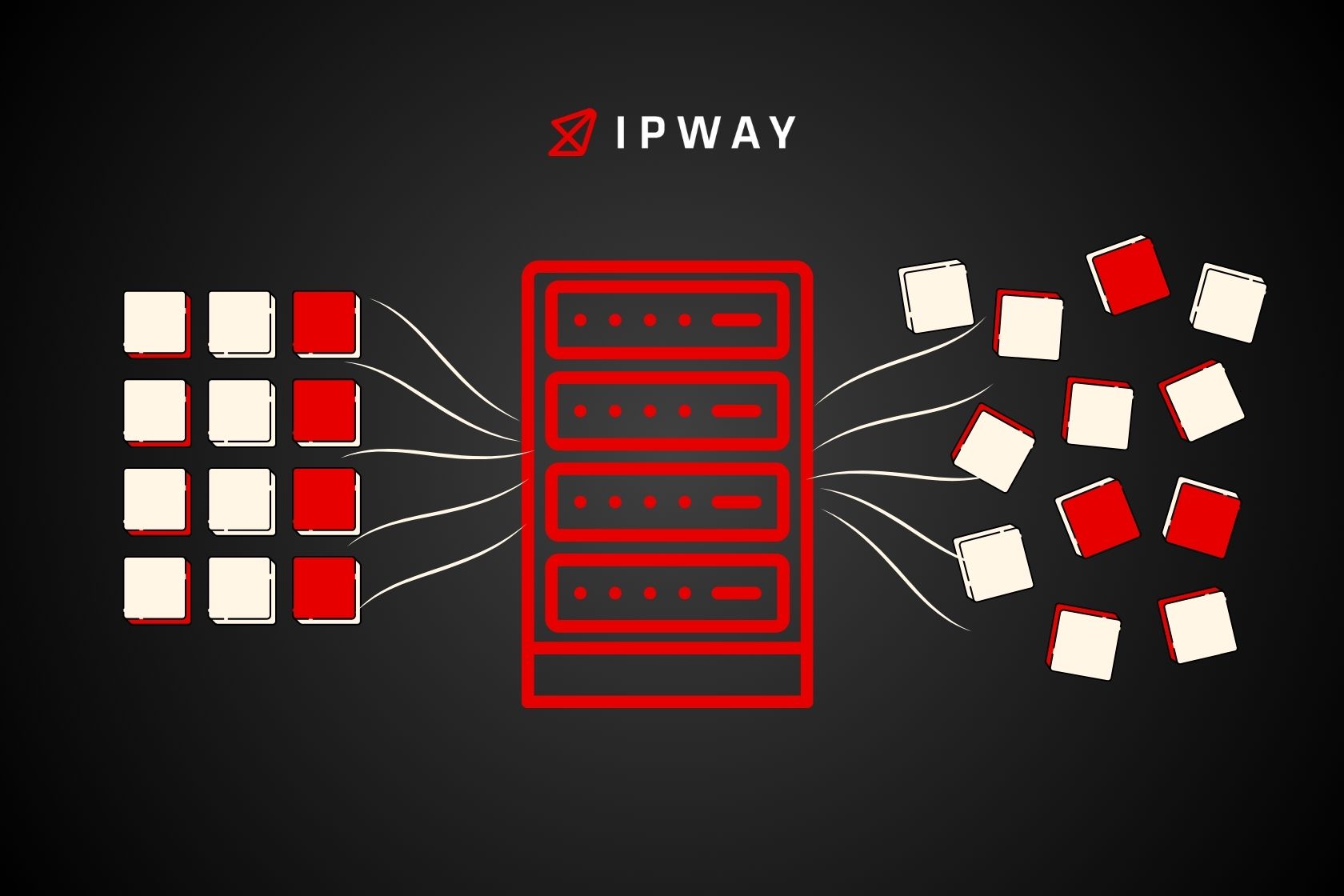In todays world of technology and information overload data plays a role in shaping decisions for businesses and individuals alike Data professionals need to grasp the nuances, between structured vs unstructured data given the ever-growing volume of information being produced daily
This article delves into the meanings and features of unstructured data and emphasizes their significance through a comparative study that highlights the typical hurdles in handling these data types and their distinct uses. Moreover it explores the challenges associated with acquiring large amounts of data, from both types offering valuable perspectives on how businesses can effectively utilize each type for their benefit.
What is Structured vs Unstructured Data?
To properly contrast these two data types effectively analyzing what structured and unstructured data entail is crucial. The difference between the pair centers around their format arrangement and method of handling information. Being aware of these distinctions enables companies to make decisions regarding the management strategies, for each type of data.
Structured Data: The Backbone of Traditional Databases
In databases structured data is well. Organized and can be easily searched. It adheres to a defined schema, which means each data element is stored in a format for effortless retrieval analysis and manipulation through common tools, like SQL. Usually consisting of text information structured data neatly fits into rows and columns.
Predefined Schema: Data that is organized follows a layout and arrangement like in a customer database where information such, as names, address, purchase records and phone numbers are stored in separate columns based on their relevance.
Easy Querying: Structured information enables retrieval of relevant details through the use of database management systems (DBMS) allowing for quick filtering and organizing of information according to defined criteria.
High Accuracy: Structured data, in a format usually helps maintain data integrity at a higher level and minimizes the likelihood of errors when entering or retrieving information.
Structured information plays a role in various aspects such as business intelligence (BI) financial reporting and operational systems, within companies.
Examples of Structured Data:
Sales Transactions: When a buyer makes a purchase of an item information such, as what was bought the cost purchase date. Payment mode are stored in an organized manner in databases.
Customer Information: Businesses commonly save client information like names and email addresses along with data, in organized CRM platforms.
Inventory Management Systems: Inventory quantities and prices of items along with details, about suppliers are stored in databases to facilitate monitoring and reorder operations.
Unstructured Data: The Richness of Varied Formats
On the hand, unstructured data does not follow a set format predetermined schema like structured data does It encompasses various types of data that are typically harder to arrange and interpret unstructured data can range from written documents audio recordings and video clips, to social media updates and email messages Its absence of organization makes it difficult for traditional database systems to effectively handle it.
Key Features of Unstructured Data:
No Fixed Schema: Storing data in a relational database can be challenging due, to the lack of a clear data model or structure associated with it.
Complex to Analyze: When dealing with information compared to organized information sets like structured ones; it is essential to utilize sophisticated analysis tools such as machine learning methods along, with natural language processing (also known as NLP) and text mining techniques to extract valuable insights.
Large Volume: The amount of data is increasing more rapidly than organized data due to the rise in popularity of social media platforms and multimedia content as well, as the widespread use of Internet connected devices.
Examples of Unstructured Data:
Social Media Content: Posts on platforms like Twitter, Instagram, and Facebook are full of unstructured text, images, and videos.
Multimedia Files: Photographs, videos, audio recordings, and even scanned documents fall under unstructured data.
Emails and PDFs: Business communications, like contracts and agreements saved in PDF files are also adding to the increasing amount of data.
Semi-Structured Data: Bridging the Gap
Partway between unorganized information is semi formatted data that combines aspects of both types. Semi formatted data doesn’t neatly align with databases but does feature certain organizational characteristics, like tags or markers to facilitate analysis.
Key Features of Semi-Structured Data:
Flexibility: Semi unstructured data can adjust flexibly to shifts, in data needs since it is not restricted by strict schemas.
Standard Formats: Semi unstructured data may not have a format but typically maintains a consistent structure nonetheless; for instance JSON and XML files utilize nested tags to establish relationships, between data elements.
Supports Hierarchies: Semi formatted data enables the organization of data in a manner often seen in formats such, as XML.
Examples of Semi-Structured Data:
JSON and XML Files: These files are utilized in web APIs and data interchange among applications. Consist of a combination of organized and disorganized components.
NoSQL Databases: MongoDB and similar databases store data that is semi structured which provides flexibility in handling data with some level of organization.

Why is Structured Data Important?
Many companies rely on data as the foundation for managing their data effectively and efficiently in todays business landscape even though unstructured data is gaining significance rapidly day, by day for organizations of all sizes and sectors alike.
Benefits of Structured Data:
Efficiency in Data Processing: Businesses can quickly. Analyze structured data using SQL and various database tools to access real time information efficiently.
Consistency: The strict framework guarantees that information is precise and uniformly structured throughout the companys operations to minimize mistakes and inconsistencies.
Automation Potential: Businesses can streamline operations by using information to automate tasks like generating reports and managing customer relationships, through CRM systems while also cutting down on time spent and minimizing mistakes made by humans.
Advanced Analytics: Incorporating data into business intelligence systems is straightforward and enables applications such as predictive modeling and trend analysis, for advanced analytics purposes.
Yet structured data comes with its set of limitations as well. One significant drawback is its incapacity to encompass nuanced and unstructured details that might contain perspectives, like customer feelings or multimedia elements.
Examples of Structured vs Unstructured Data
Structured Data Examples:
Banking Transactions: In the financial system records of each transaction are kept with information such as transaction ID, amount,date and the participants involved neatly organized into rows and columns, in relational databases.
Weather Data: Meteorological organizations gather information like temperature readings and wind speed at specific intervals to create forecasts, about the weather ahead.
ERP Systems: ERP software handles structured data concerning employee details such as records and payroll, alongside production schedules.
Unstructured Data Examples:
Video Surveillance Footage: Security cameras record video footage that contains a wealth of visual content but is classified as unstructured data.
User Reviews and Feedback: Reviews from customers shared platforms such as Amazon or Yelp represent a prime illustration of unstructured information data wise due, to their diverse characteristics in terms of length and tone which pose a significant challenge when it comes to analysis.
Medical Imaging: Healthcare providers find CT scans and MRIs to be sources of information; however they are classified as unstructured data because of the challenges involved in analyzing these images.
The contrast between unstructured data examples unmistakably shows the distinct roles each type plays—structured data excels, in yielding operational insights while unstructured data delves deeper into providing intricate and context rich information.

Common Challenges: Structured Data
Even though structured data offers advantages and opportunities for businesses to thrive in a dynamic environment dealing with the increasing complexity of managing structured data as companies expand and data volume surges poses significant challenges.
Scalability: When businesses expand in size over time the large amount of organized data they accumulate can put a lot of pressure, on database systems. Ensuring these databases can handle quantities of data without compromising speed and dependability presents a major hurdle to overcome.
Data Silos: Storing data in different systems or departments can lead to the creation of data silos that hinder effective sharing and integration of information, within an organizations operations.
Rigid Schema Constraints: Data that is structured follows schemas that may not be easily changed as a companys data requirements change over time.This could lead to delays and extra expenses when modifications are needed in the database design.
Common Challenges: Unstructured Data
Unorganized data contains a wealth of information yet poses obstacles in storage and analysis processes due, to its flexible nature – a strength that also serves as a major obstacle.
Data Volume: The amount of data is increasing rapidly as multimedia content and social media interactions become more widespread and the use of IoT devices grows exponentially. Handling this vast amount of unstructured data necessitates the implementation of sophisticated storage solutions such, as distributed file systems.
Complexity in Analysis: When it comes to data being easily searchable through conventional means compared to unstructured data needing advanced approaches like machine learning and image recognition for analysis and insights extraction; the process of extracting valuable information, from unstructured data is usually demanding in terms of resources and computing capabilities.
Data Security and Compliance: Protecting the privacy and security of unstructured data presents challenges because of its formats. Such as sensitive content, in emails or multimedia files that require identification and secure storage methods when dealing with large volumes of unstructured data.
Large-Scale Data Acquisition Challenges
Managing and handling amounts of data presents unique challenges regardless of whether the data is organized or unorganized format. In todays age of data usage companies need to effectively gather analyze and save information from various origins.
Data Volume: Both structured and unstructured data sources are producing vast quantities of information, from transactional data to social media content. Managing this deluge of data requires scalable storage solutions and robust infrastructure, often leveraging cloud-based services and distributed databases.
Data Integration: Combining data sources can be challenging when they come in diverse formats; structured data is usually simpler to incorporate into current systems compared to unstructured data which needs extra care and attention here transparent proxies can simplify the acquisition process facilitating smooth communication, among varying systems.
Processing Speed: Dealing with data on a large scale demands a great deal of computing power resources for companies to scrutinize video recordings or social media expressions and handle text data from various documents effectively.
Security and Compliance: As the amount of data grows larger in size or scale increases correspondingly so do the dangers linked with data breaches and violations of compliance regulations rises well. It is crucial to guarantee that both organized and unorganized data are securely stored and comply with laws such as GDPR and HIPAA. Implementations including data encryption methods access controls and auditing systems are vital, for the success of data gathering undertakings.
Conclusion
In summary, grasping the disparities between structured vs unstructured data is crucial for managing data effectively in todays data centric society. Both types of data come with their advantages and difficulties. Structured data lays the groundwork for business activities providing high searchability, precision and user friendliness. On the contrary, unstructured data contains contextual insights but calls for more sophisticated tools and approaches, for examination.
In order to remain competitive in the market industry today, companies must adopt a combination of organized and unorganized information data sources effectively using resources like proxies for gathering large amounts of data and modern analytic platforms to extract valuable insights, from various data sets available.
Effectively handling and interpreting both unorganized data will continue to be a crucial factor for achieving success in the constantly changing digital world. Companies that can address the obstacles related to these data types on a scale will have an advantage, in making well informed choices and encouraging creativity.
Take your data scraping to the next level with IPWAY’s datacenter proxies!
